Whisky across Scotland can be as diverse as food across India. Well, maybe not that diverse but unique, nevertheless. Whether you like your whiskey light and floral or heavily peated, the 6 whisky regions that we discuss today will surely have one with your name on it.
What are these Scotch Whisky Regions?
Right off the bat, the 6 whisky regions of Scotland that can have an influence on the whisky’s taste and character are:
- Speyside
- Highlands
- Islands
- Lowlands
- Islay
- Campbelltown
When Scotland officially broke down its whisky-producing regions, they only had 4. These were the Highlands, Lowlands, Islay, and Campbelltown. Over time, Speyside was included to be a part of the official whisky regions of Scotland as per the Scotch Whisky Association (SWA) owing to the sheer number of distilleries the Speyside brought to the table. This brought the official number of Scotch whisky regions to 5.
While we can easily stick to the official number, I can’t help but think the 6th one I am covering here deserves its recognition. The 6th region on my list is going to be the Islands. Most of the time, the Islands as a scotch producing region is clubbed with the highlands, but if you scratch the surface, you will find many unique qualities of the island’s whisky that distinguish it from Highland scotch. But more on that later.
Why Whisky Regions Matter?
Geographic diversity tends to influence most aspects of life, let alone whisky. The local produce, production methods, and even the environmental characteristics and landscapes make a difference in the taste and smell of whiskeys from different regions.
Now, don’t get me wrong. There will be an overlap in the taste and smell of the different regions. But what I have tried to do is generalize based on the majority of tasting notes a specific region has to offer.
In all honestly, only considering the whisky region to put a tag on how it would taste is not the right approach. To do this aspect with utmost accuracy, along with the geographic region, one would also need to consider aspects such as ingredients, the maturation age, the kind of cask in which the whisky is matured in to name the least.
However, to even understand the difference all these aspects make, it’s important to have a palate that is well trained to identify and differentiate the notes. If you are someone like me who is working towards developing this palate, this kind of whisky-region-specific categorization is a good way to anticipate what you can expect in the whisky at hand.
And from a more personal perspective, as I have said before, drinking whisky is an experience. And sometimes while I sip on a whisky from a specific region, it helps enhance this experience if I imagine being there, in the very landscape surrounding the place where this whisky was made. To put this into perspective, if I am having a Speyside whiskey such as the Copper Dog, I can imagine myself in the heart of the lush, and fertile valley, sitting on a moss-covered log alongside the river Spey. The crystal-clear water of the river glistens in the afternoon sunlight and it reflects in the amber-colored liquid I possess in the glass I hold. This mental picture is also fueled by the characteristic taste and aromas that Speyside whiskeys generally have to offer, and the picture would completely change if I have a whiskey from a different region.
This kind of experience is what keeps me coming back to whisky and keep exploring more and more. And if you are lucky enough to ever visit these regions, I believe it would only enhance the experience. While not all of us can visit these regions in person, I will give it my best to explain these regions and the whisky they have to offer so that you, the readers can enjoy your favorite whiskeys with a new perspective.
1. Speyside
Located at the northeastern end of Scotland, Speyside is the home to over 50 distilleries. The name of the region comes from the river Spey around which all these different distilleries are located. While the abundance of freshwater from the rivers made whisky production easy, most of these distilleries were inaccessible due to their remote locations. Only after the railroad boom of the mid-nineteenth century were, they made accessible. Moreover, being in a remote location kept the tax and whisky excise at bay and aided the thriving of so many whisky distilleries.
Speyside Landscape & Geographic Characteristics
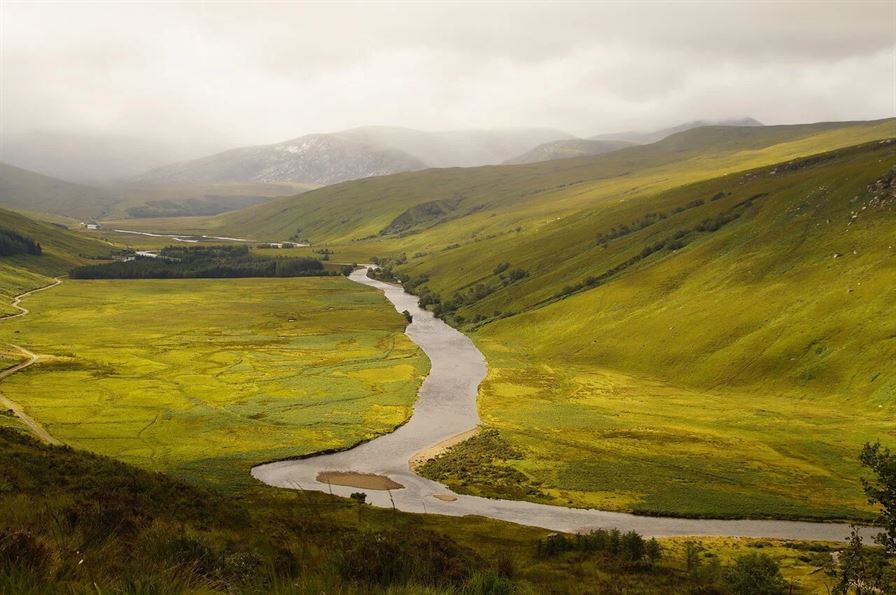
Glistening freshwater rivers with crystal clear water, surrounded by lush green glens & valleys. The rivers are teeming with salmon and trout. To the east, you will find fertile farmlands and Speyside being the warmest and driest part of Scotland making it ideal for growing barley.
Speyside Whisky Tasting Notes
Sweet and light whiskeys more often than are not matured in sherry casks. They have notes of dried and fresh green fruits like apples and pears and sometimes a refined smokiness. Typical Speyside notes include:
- Apple
- Pear
- Honey
- Nutmeg
- Vanilla
- Sherry Cask (Dry Fruits, Spices)
Most Popular Speyside Distilleries
- Glenlivet – Glenlivet, Ballindalloch, Banffshire, AB37 9DB
- Glenfiddich – The Glenfiddich Distillery, Dufftown, Moray, AB554DH
- The Macallan – The Macallan Visitor Experience, Easter Elchies, Craigellachie, Moray, AB38 9RX
- Aberlour – High Street, Aberlour, Moray, AB38 9PJ
- The Balvenie – The Balvenie Maltings, Dufftown, Banffshire, AB55 4BB
2. Highlands
The Highland region of Scotland is the largest in terms of the geographic area stretching over 10,000 sq miles. And with this size and scale, it brings a very diverse palate and notes in its respective whiskeys. The Highlands is the home to about 47 whisky distilleries and one of the oldest being Glenturret which started in 1775.
Highland Landscape & Geographic Characteristics
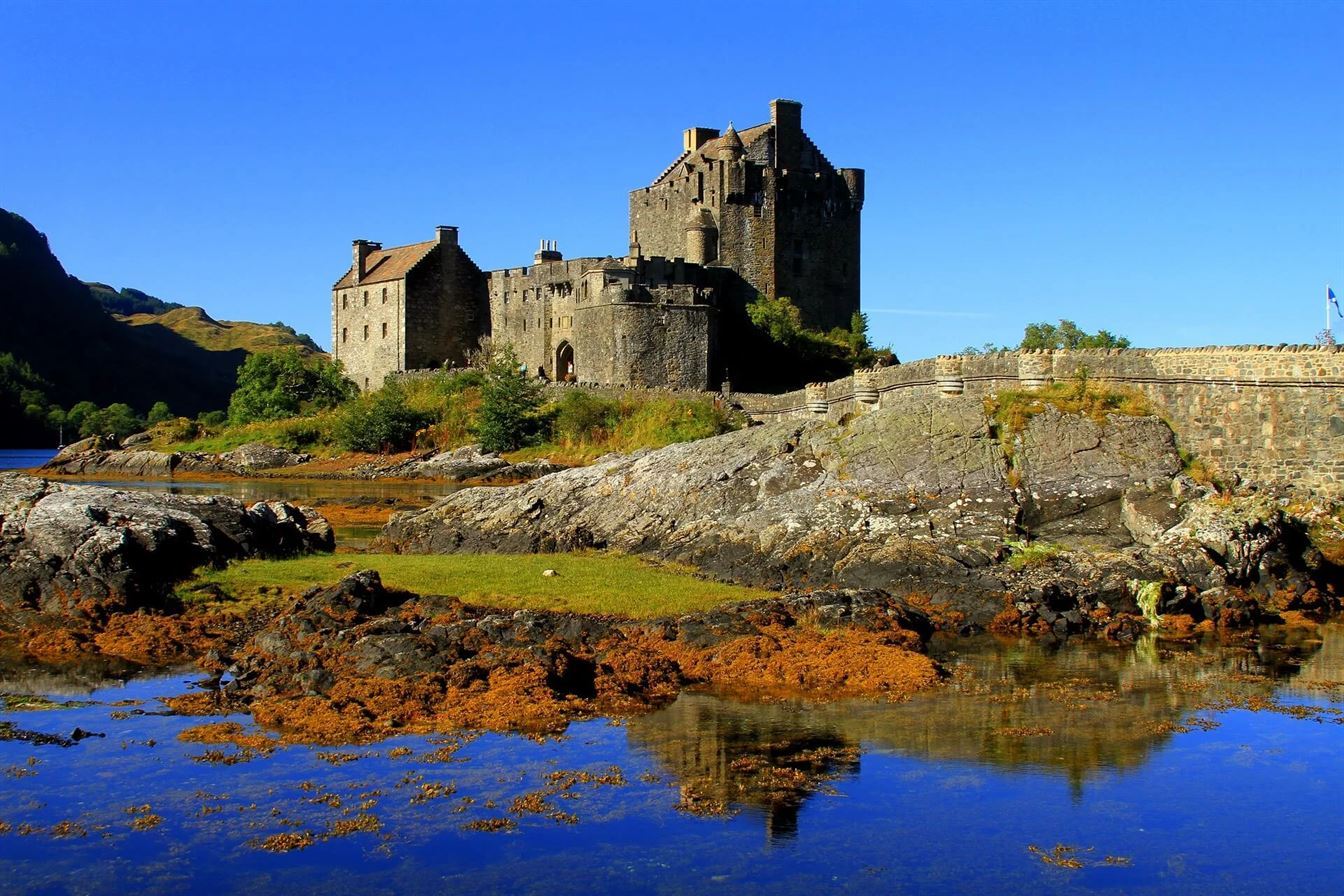
This massive region is diverse with untamed wilds, massive lochs, rugged coastlines, moors, and mountains. The region is practically littered with dramatic landscapes and romantic castles with a fascinating history. Highlands is also home to the fabled Loch Ness. Loch Ness is not only a spectacle to gaze upon but also shrouded in mystery and tales of a monster living beneath the dark expanses of the lake.
Highland Whisky Tasting Notes
Since this region is so large and diverse, we have to sub-categorize the distinct whisky notes it has to offer. Towards the west, the whisky is peaty and smokey, perfectly captured by whiskeys like Oban. Towards the north, the whiskey is more full-bodied with a spicy character. An example of this would be Glenmorangie. Whereas the southern and eastern Highland whiskeys tend to be light and fruity. For the sake of this post, let’s generalize and categorize them as follows:
- Oak
- Malt
- Fruitcake
- Dried Fruit
- Grass/ earthy
- Smoke
Most Popular Highland Distilleries
- Glenmorangie – A9, Tain IV19 1PZ, United Kingdom
- Aberfeldy – PH15 2EB, United Kingdom
- Dalmore – Alness IV17 0UT, United Kingdom
- Glendronach – Forgue by, Huntly AB54 6DB, UK
- Oban – Stafford St, Oban PA34 5NH, UK
3. Islands
The Islands, as I mentioned are not recognized as an official whiskey region by the SWA (Scotch Whisky Association). The islands surrounding the mainland are usually considered within the Highland whisky region but considering the ease of geographic categorization and the maritime flavors the proximity of the sea brings to these whiskeys, I am writing about them separately.
Island Landscape & Geographic Characteristics
Vast, lofty cliffs overlook the drama that unfolds when the relentless sea meets the land on a rugged, rocky shore. Cut off from civilization, divided by the sea, you are greeted by the sight of epic landscape that grips you with the absolute thrill of solitude, but never loneliness.

Island Whisky Tasting Notes
- Citrus
- Salty
- Fruit & nut
- Black pepper
- Honey
- Smoke
Most Popular Island Distilleries
- Talisker – Carbost, Isle of Skye IV47 8SR, UK
- Highland Park – Holm Rd, Kirkwall KW15 1SU, UK
- Jura – Craighouse, Isle of Jura PA60 7XT, UK
4. Lowlands
The Lowlands covering the southern-most part of Scotland to the central belt including the Clyde valley, Glasgow, and Edinburgh is by far the most accessible whisky region of Scotland. While the lowlands remain to be the second-largest region in terms of geographical area, it houses only about 18 distilleries. The limited number of distilleries in the Lowlands may have something to do with the Walsh Act passed back in 1784. According to this act, the Lowland distilleries paid tax duty based on gallons of whisky produced instead of the size of their stills. Nevertheless, the malt facilities that did flourish here, give us some of the most elegant and light-bodied whiskeys you can get your hands on. If you are very new to Whisky, my suggestion is to try a Lowland scotch like Glenkinchie.
And by the way, if you are new to whisky and finding it difficult to like the taste, you might want to check out my other blog that covers tips to liking whiskey as a beginner.
Lowlands Landscape & Geographic Characteristics
Picturesque countryside with fertile farmlands, rolling hills and abundance of open spaces.
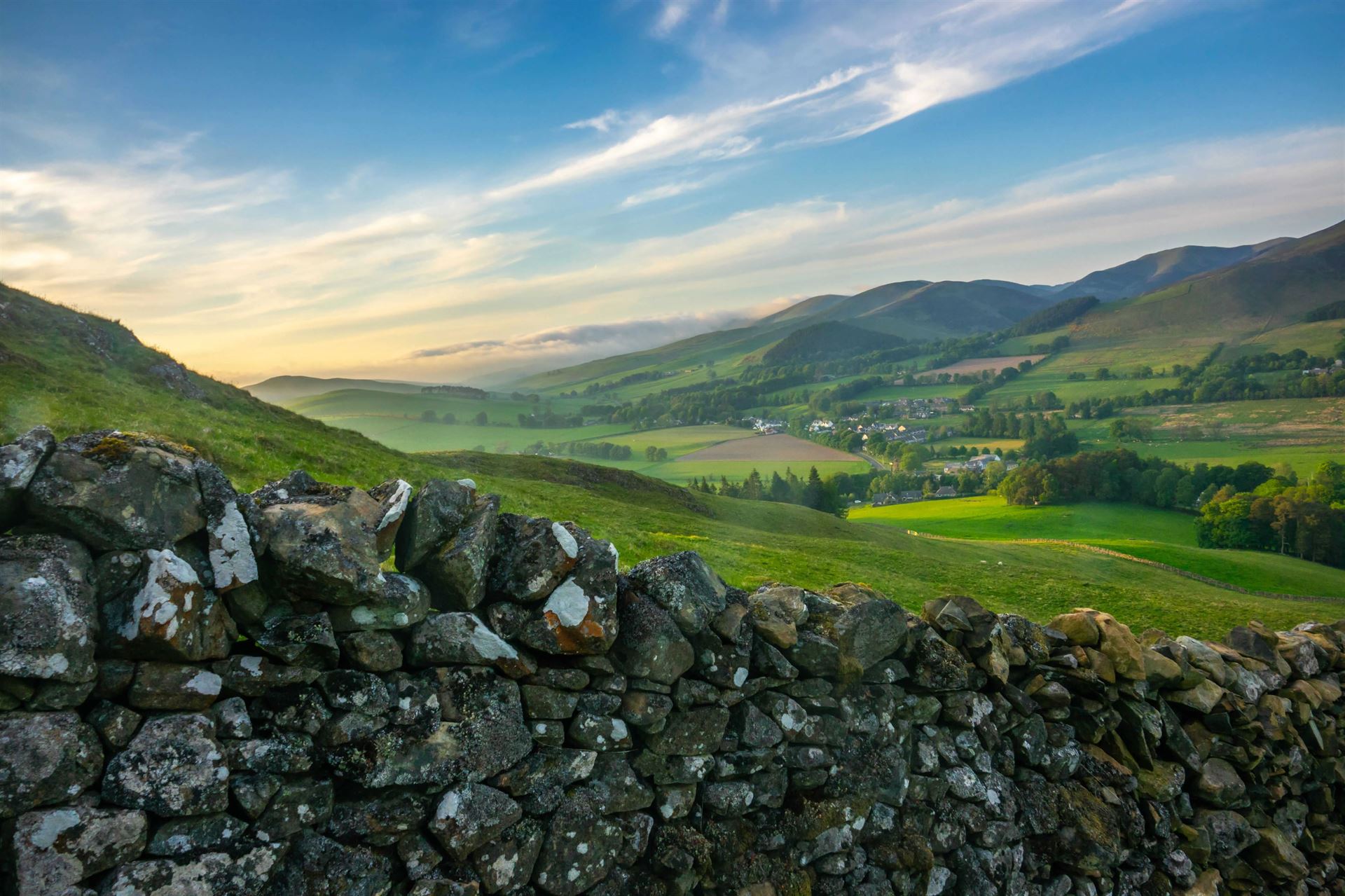
Lowland Whisky Tasting Notes
The Lowland region is mainly inland and lacks coastlines making the whiskeys devoid of maritime notes such as brine or salt. They have a much gentler palate comprising of sweet and floral notes giving them the nickname, “Lowland Ladies”. The most common tasting notes for these lowland ladies include:
- Grass
- Honeysuckle
- Cream
- Toffee
- Toast/ Cereal
- Cinnamon
Most Popular Lowland Distilleries
- Glenkinchie – Pencaitland, Tranent EH34 5ET, United Kingdom
- Auchentoshan – 108 Great Western Rd, Clydebank G81 4SJ, UK
- Strathclyde – 40 Moffat St, Glasgow G5 0QB, UK
5. Islay
The whisky produced on the islands of Islay (pronounced eye-luh) is called Islay Whisky. It is one of the most popular whisky types among the whisky-drinking community and also my personal favorite. While the geographical area is comparatively smaller than most other Scotch whisky regions of Scotland, the island of Islay houses over 7 distilleries. It is interesting to note that Islay was the gateway to whisky in Scotland as in the early 14th century, it is believed that Irish monks first introduced whisky distilling to Gaels, Dalrida, and the Vikings who were the first settlers on the island.
Islay Whisky is known for its peaty, smokey flavor. Until the 1950s and 60s, Islay whisky was only used in blends to add that smokey character, and it wasn’t a single malt. However, recognizing Islay as a Scotch Whisky Region, in the Scotch Whisky Act of 1988, there has been an exponential growth in both whisky production and consumption as a single malt.
Islay Landscape & Geographic Characteristics
Islay is a paradise, with the sea as its natural highway. But where it is a paradise, it is also a Paradox. Breathtaking landscapes, beaches, birdlife, on one side. And strong treacherous currents, constantly moving glaciers having roots to the last of the ice age, and unpredictable weather on the other. Stoney shores covered in agley and moss. Occasional ruin of a shipwreck, that acts as a constant reminder of the wrath of the sea.
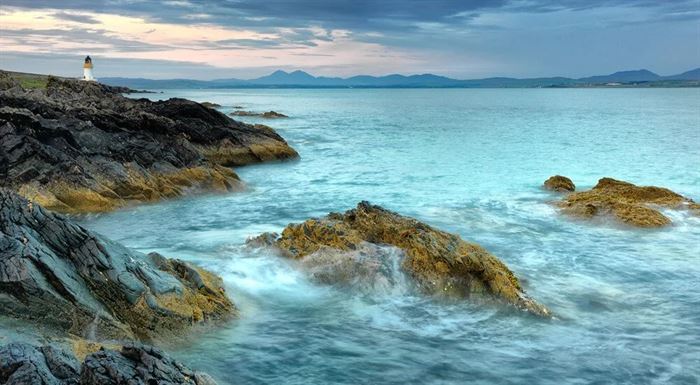
Islay Whisky Tasting Notes
The first sip is overpowered by maritime and smoky notes of peat, salt, brine, and iodine making it almost medicinal. However, as you go deeper, the taste and smell are of that of pure nostalgia of a BBQ with close family and friends or a campfire with roasted marshmallows. Islay whisky for me is by far the most complex in terms of taste, as the layers to it are only presented to those who harbour some patience and perseverance. Come common Islay whisky tasting notes include:
- Smoke
- Seaweed
- Brine
- Apple
- Charcoal
- Iodine
Most Popular Islay Distilleries
- Ardbeg – Port Ellen, Islay PA42 7EA, UK
- Lagavulin – Isle of Islay PA42 7DZ, UK
- Laphroaig – Isle of Islay PA42 7DU, UK
- Caol Ila – Port Askaig, Isle of Islay PA46 7RL, UK
- Bowmore – School St, Bowmore, Isle of Islay PA43 7JS, UK
6. Campbeltown
Once upon a time, Campbeltown was considered the “Whisky Capital of the World” with over 34 distilleries. With easy access via the port and railroads, whisky from Campbeltown would reach far and wide. But things have changed drastically since then and currently, only 3 major distilleries exist making this region the smallest whisky region of Scotland.
Why is it such a paradigm shift? Well, it is believed that before the 1st World War, there used to be a massive production of whisky in Campbeltown which focused a lot more on quantity rather than quality. However, during World War 1, the demand for whisky reduced, but the production remained the same. Followed by the World War, there were a series of events such as the Great Depression, US Prohibition, etc. which triggered a reduction in whisky demand and an increase in whisky production upkeep and overhead costs that took a lot of these distilleries out of business.
Thankfully new distilleries are coming up and the future looks bright for us whisky lovers to sample some of the finest Campbeltown has to offer.
Campbeltown Landscape & Geographic Characteristics
A picture-perfect port-town on the Kintyre Peninsula surrounded by rolling hills on north side. The old Victorian structures and buildings, charming yet eroded by the sea breeze provide a glimpse of yesteryears when sailors and whisky workers would crowd the streets and harbor. The seagulls circling dried fish, in an air heavy with peat smoke and charcoal.

Campbeltown Whisky Tasting Notes
Campbeltown whisky is what I believe to be a beautiful combination of the Islay and Speyside whiskey notes. While the body is light with caramel-inspired notes, there is a tinge of salinity and smokiness from the peat. These characteristics give Campbeltown whiskeys their individuality, proud enough to be deemed under its own Scotch Whisky Region.
Some common notes include:
- Caramel
- Vanilla
- Toffee
- Brine
- Smoke
- Dried Fruit
Most Popular Campbeltown Distilleries
- Springbank – United Kingdom, Campbeltown, Longrow, Springbank Distillery 85
- Glen Scotia – 12 High St, Campbeltown PA28 6DS, UK
Conclusion
Check out the following map to make it easier to consume the tasting notes of all 6 regions in one view.
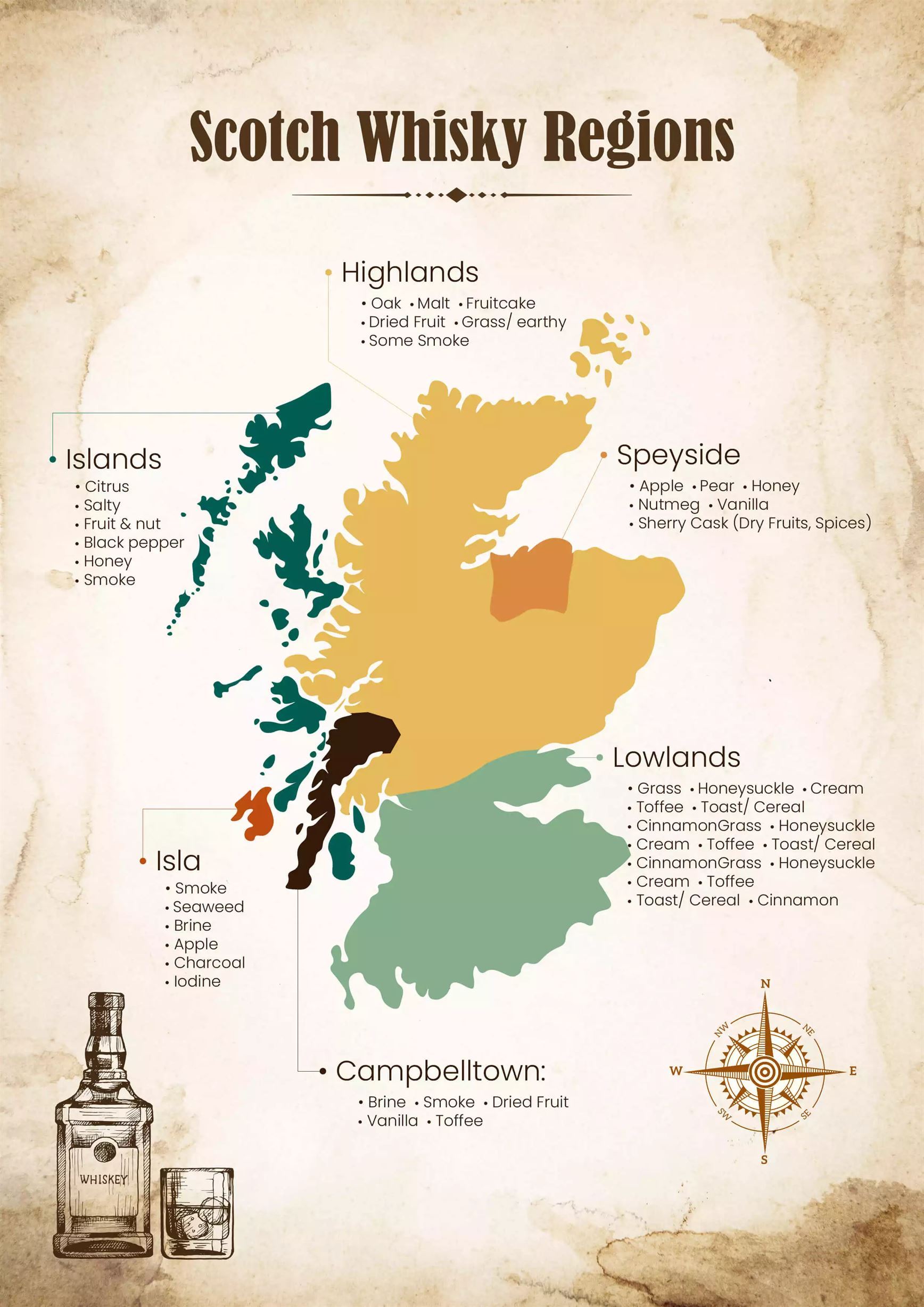
There you have it, all Scottish whisky regions in all their glory. While you must have observed that there are overlaps in terms of taste and smells, still, each of them has its characteristics driven by its own story, history, and geography. So, the next time you pick up a dram of whisky, take a minute to appreciate where it is from and what it represents.

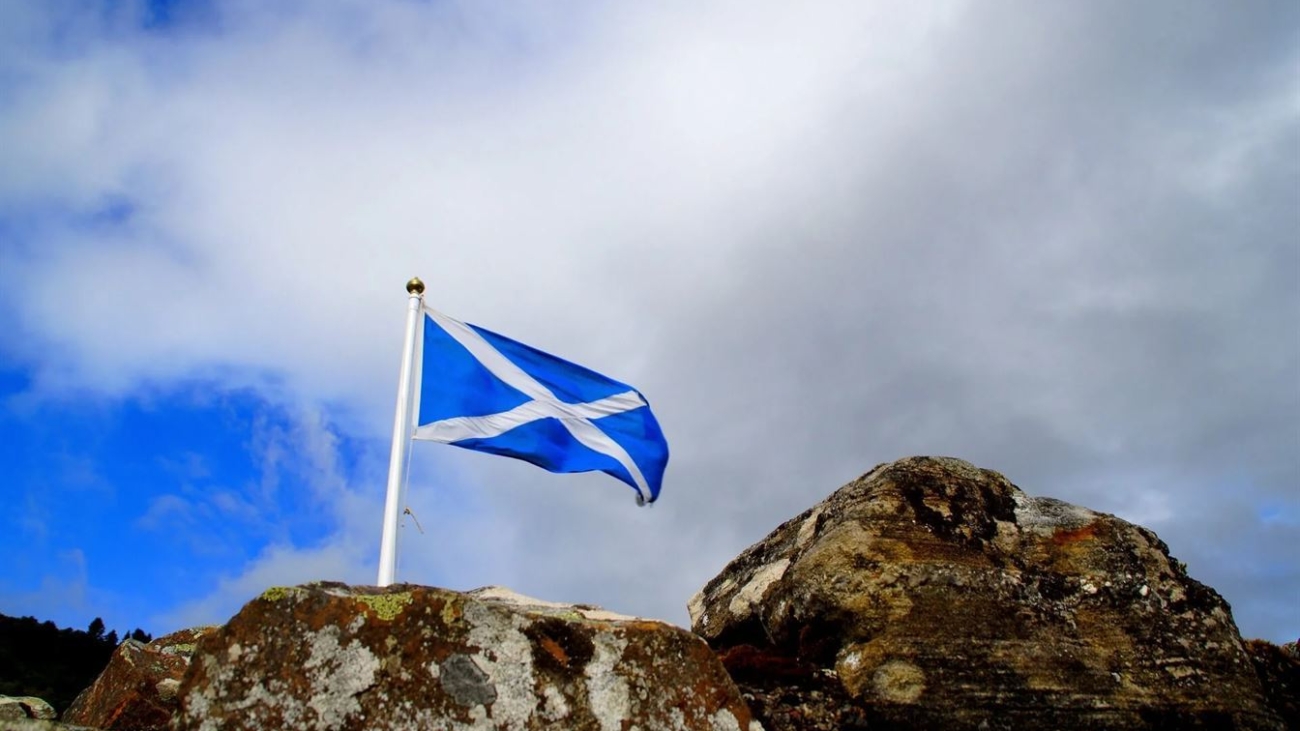
Add a Comment